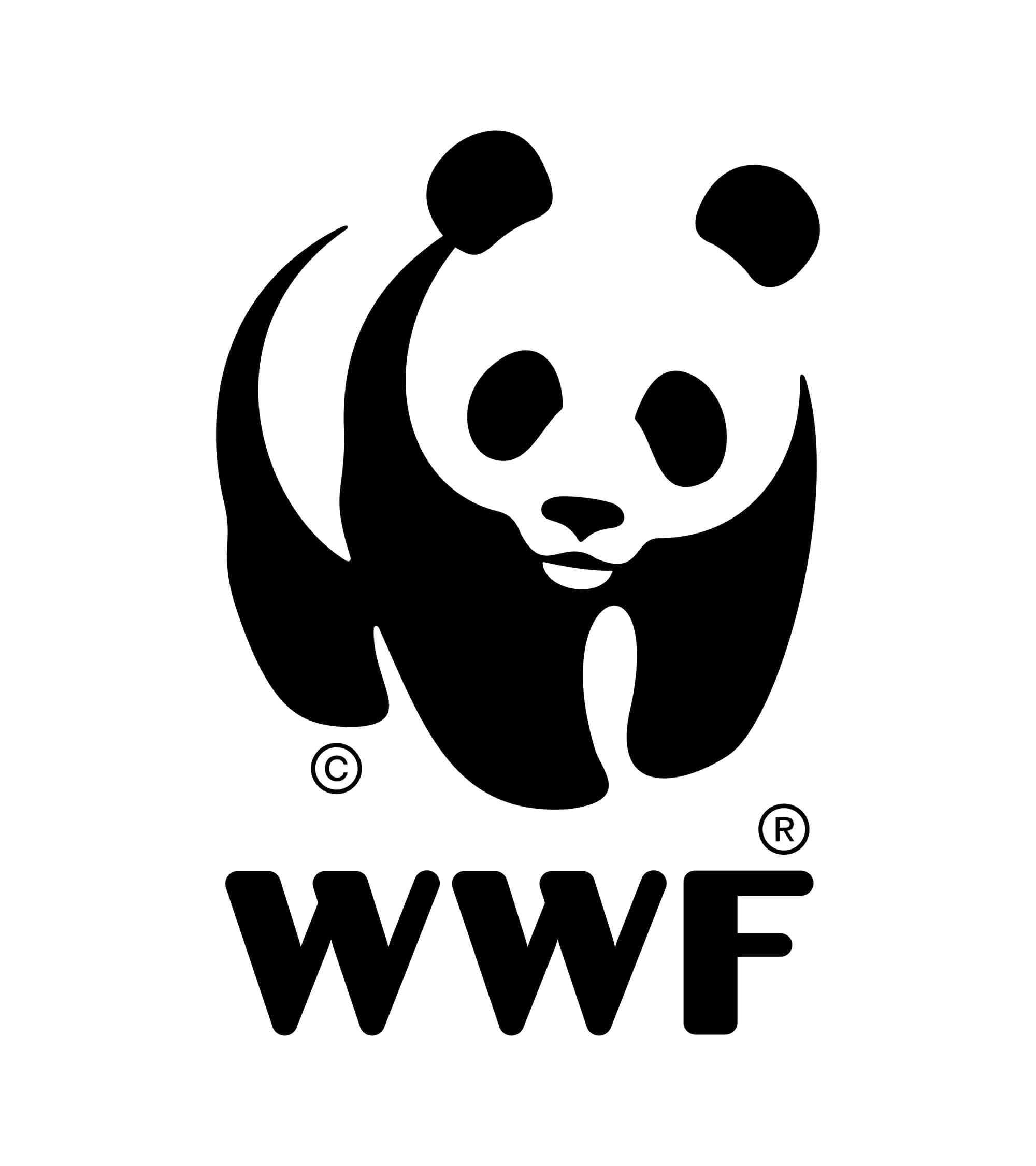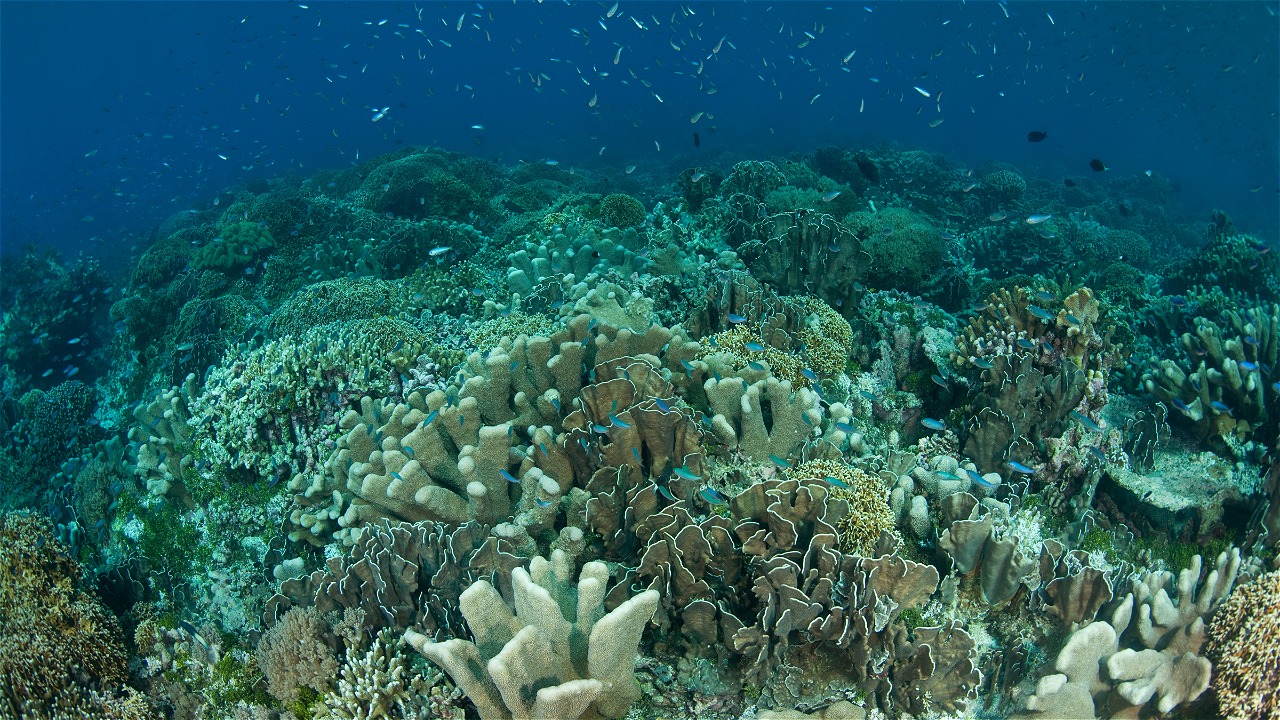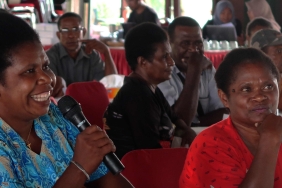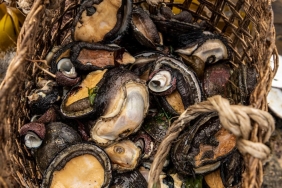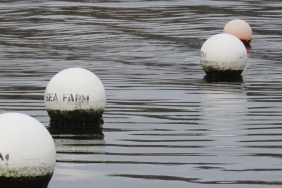COLLABORATIVE MANAGEMENT OF SUNDA BANDA
By: Aulia Rahman
Various stakeholders in the central area of Coral Triangle, together with the Ministry of Marine and Fisheries Affairs, agree on managing the area collaboratively. During a two-day workshop held in Aerowisata Sanur Beach Hotel, all participants worked together in managing marine resources which cover an area of almost 157 million hectares. At least, the stakeholders’ understanding on the importance of Sunda Banda area can contribute directly to the strengthening of economic sector and food security which are being threatened by excessive fish catching, pollution, and development that pays less attention to environmental and sustainability aspects, such as mining activities.
Sunda Banda is a terminology referring to a geological area, as well as geographical, of a landscape covering marine area and islands from Bali to Nusa Tenggara area, Southeast Maluku, Kupang and up to the north covering the southern part of Sulawesi Island. The experts believe that Sunda Banda Seascape area (SBS) has a very high level of marine biodiversity and has a big conservation opportunity as well as vulnerability. Therefore, through rankings assessment which assesses the importance of a location, this area ranks the second and third places after the Papua Bird’s Head Seascape area (West Papua and part of Papua). The SBS area has a high conservation priority because this area is a habitat for 76% of known coral species, more than 3,000 fish species and several endangered species such as turtles, Cetacea (whale/dolphin species), sharks, and other fish species that have high economic value such as napoleon fish (humphead wrasse).
The workshop was opened by the Head of Marine Territory and Islands Sub-directorate, Directorate of Fish Resources – Directorate General of Capture Fisheries, Ministry of Marine and Fisheries Affairs, Hary Christijanto who expressed the same message as delivered by President Susilo Bambang Yudhoyono on the opening of the UN Conference on Sustainable Development Rio+20 in Brazil, that the future of the world’s economic is green economic. The green economic itself is embodied as “blue economic” by the Minister of Marine and Fisheries Affairs, Sharif C. Sutardjo, for marine sector in the same forum. The SBS area is an important area which is expected to be able to support the target of 20 million ha marine conservation area in 2020 by the Ministry of marine and Fisheries Affairs.
The agenda of the second day of the SBS management workshop was to observe and map out the activities that have been done by each stakeholder attending the workshop. By doing so, it is expected that the plan of the area management in the future can be done effectively and efficiently by not repeating the activities that had been done or are still on going. Meanwhile, the gaps and shortcomings from the previous managements can be closed.
The workshop organized by WWF-Indonesia was held on 26-27 June 2012 in Sanur, Bali. It was attended by around 60 participants consisted of representatives from the Ministry of Marine and Fisheries Affairs from the respective provinces/districts, local-level NGOs, academics and representatives from universities, marine observers, and other related elements. The ongoing conservation work in Sunda Banda Seascape is funded by the generosity of Margaret A Cargill Foundation.
Contact: Wawan Ridwan, WWF-Indonesia Marine Program Director, wridwan@wwf.or.id
